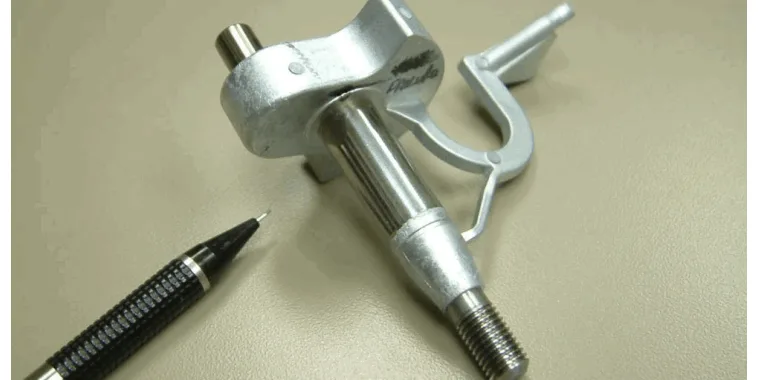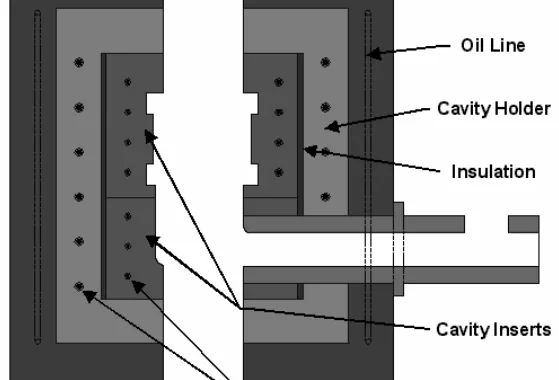Predicting Long-Term Performance: A Deep Dive into Creep and Ageing in Zinc Die Casting Alloys This technical summary is based on the academic paper “Interaction of Creep and Ageing Behaviors in Zinc Die Castings” by F. E. Goodwin, L. H. Kallien, and W. Leis, published in the 2016 Die Casting Congress & Tabletop (NADCA). Keywords
Read More
A Breakthrough in Shotblast Resistant Laser Marking: Achieving Indestructible Traceability for Die Cast Parts This technical summary is based on the academic paper “Inline Integration of Shotblast Resistant Laser Marking in a Die Cast Cell” by J. Landry¹, J. Maltais¹, J-M. Deschênes¹, M. Petro², X. Godmaire¹, A. Fraser¹, published in NADCA (2018). Keywords Executive Summary
Read More
Preventing Catastrophic Mold Failure: The Power of High Hardenability Mold Steel in HPDC This technical summary is based on the academic paper “Development and Applications of High Hardenability Special Quality Die Casting Mold Steels” by K. Namiki, N. Yokoi, A. Sekiya, and T. Yanagisawa, published in NADCA DIE CASTING CONGRESS & TABLETOP (2013). It has
Read More
How High Thermal Conductivity Steel Revolutionizes Die Casting Molds for Faster Cycles and Higher Quality This technical summary is based on the academic paper “High Thermal Conductivity Steel and its Application to Die Casting Tools” by K. Namiki, Masamichi. Kawano, and Thomas Schade, published in NADCA DIE CASTING CONGRESS & EXPOSITION (2012). It has been
Read More
Unlocking Peak Hardness in ADC12 Alloys: A Two-Step Aging Strategy for HPDC This technical summary is based on the academic paper “AGING METALLURGY AND MECHANICAL PRPERTIES ON Al-Si-Cu-Mg DIE CASTING ALLOY” by T. Ando et al., published in the Proceedings of the 16th International Aluminum Alloys Conference (ICAA16) (2018). It has been analyzed and summarized
Read More
This technical summary is based on the academic paper “Die Casting Design. A Parametric Approach” by Marco Antonio Pego Guerra, published in 1997. It has been analyzed and summarized for technical experts by CASTMAN with the assistance of AI. Keywords Executive Summary A 30-second overview for busy professionals. The Challenge: Why This Research Matters for
Read More
Beyond the Shot Curve: How New Sensors are Revolutionizing Aluminum High Pressure Die Casting Quality Control This technical summary is based on the academic paper “Correlation between process parameters and quality characteristics in aluminum high pressure die casting” by M. Winkler, L. Kallien, and T. Feyertag, presented at the 2015 NADCA Die Casting Congress &
Read More
How New EZAC® and HF Alloys Are Overcoming Traditional Temperature and Weight Limitations in Die Casting This technical brief is based on the academic paper “Recent Zinc Die Casting Developments” by R. Winter and F. E. Goodwin, Sc.D., published by the North American Die Casting Association (2013). It is summarized and analyzed for HPDC professionals
Read More
This technical summary is based on the academic paper “Copper in the Rotor for Lighter, Longer Lasting Motors” presented at the ASNE SAN DIEGO SECTION FLEET MAINTENANCE SYMPOSIUM 2005 by C. Stark, J. G. Cowie, D. T. Peters, and E. F. Brush, Jr. It was analyzed and summarized for HPDC experts by CASTMAN experts with
Read More
Beyond the Simulation: What ‘Short Shots’ Reveal About Real-World HPDC Defects and Model Validation This technical brief is based on the academic paper “Short shots and industrial case studies: Understanding fluid flow and solidification in high pressure die casting” by Paul W. Cleary, Joseph Ha, Mahesh Prakash, and Thang Nguyen, published in Applied Mathematical Modelling
Read More
![Figure 18- 2D creep deformation mechanism map for coarse pure Zinc, red frame means the region researched in the project [11]](https://castman.co.kr/wp-content/uploads/image-3299-711x380.webp)
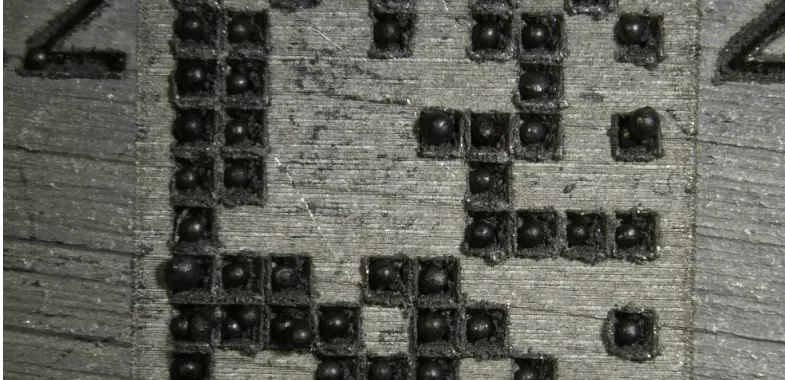
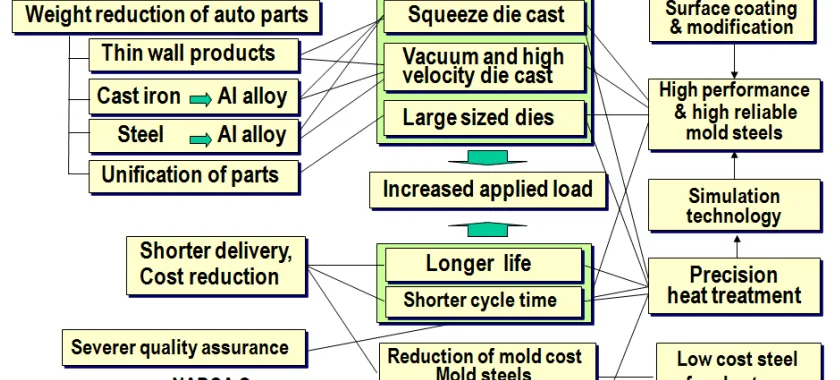
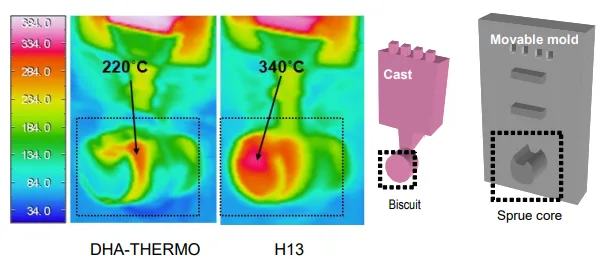
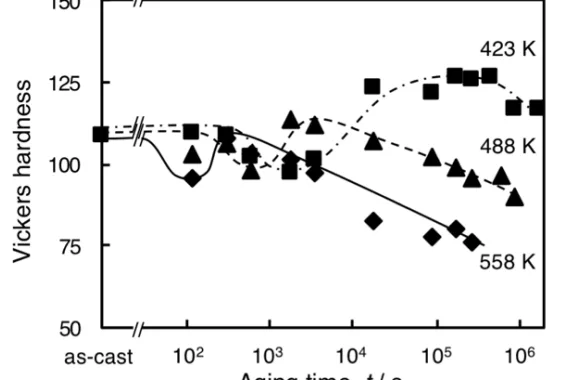
![Figure 1.1: Schematic showing the principal components of a hot chamber die casting machine after Sully [19].](https://castman.co.kr/wp-content/uploads/image-2980-616x380.webp)
![Figure 1: reduction of weight using structural aluminum high pressure die casting parts instead of joined steel parts [1]](https://castman.co.kr/wp-content/uploads/image-2879-1028x380.webp)
